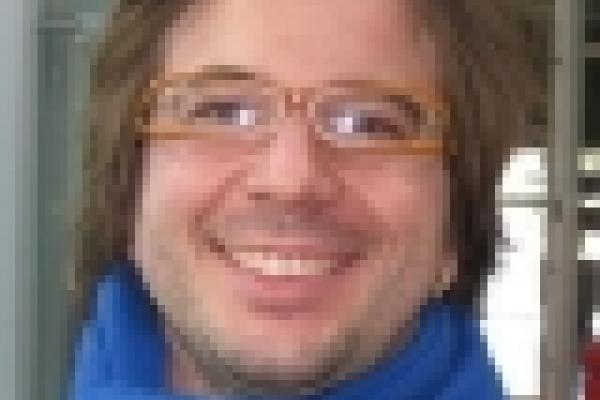
The survey instrument is designed to concurrently take spectra of 1000 objects and has amassed over around 1.7 million spectra of galaxies and quasars over 5 years. These spectra are analyzed to map the structure in the Universe at its largest scales. The statistical properties of these maps can be used to robustly infer the expansion history of the Universe and hence determine the parameters of the standard cosmological model, such as energy densities and properties of its constituents like dark matter and dark energy and the present rate of expansion. The inferred values are in excellent agreement with the numbers inferred from the Comic Microwave Background relying on different physics and measuring a different epoch in the history of the Universe. Using the same data, we can also constrain theories of modified gravity, probe the neutrino mass and search for new light relativistic particles. I will conclude by discussing the future of the field with up and coming experiments such as DESI and LSST.
